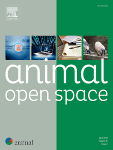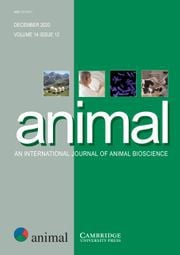
Mechanistic models are valuable tools for studying the underlying mechanisms of complex biological phenomena. For example, cow lifespan models can be used to identify differences in resource acquisition and allocation strategies between individuals, which is relevant for decision-making in breeding programs. In such models, differences in simulated traits between individuals are consequences of the parameter set that represents the genetic potential of each animal and its interaction with the environment. This indicates that the identification of these differences is essentially a search for individual parameters. In mechanistic models, this search is generally a non-convex problem that has different local minima because the parameters interact within these models. Due to this and to the simulation time length (e.g. years), there is uncertainty associated with the inference of the parameter values for each individual. This uncertainty can be quantified using Bayesian inference since this approach treats the model parameters as random variables with an underlying probability distribution that describes them. The objective of this work was to employ the Delayed Rejection Adaptive Metropolis (DRAM) algorithm to identify the parameters of a cows’ lifespan model using two datasets of Holstein cows. The datasets contain periodic measurements of Milk Yield (MY), BW, and Body Condition Score (BCS). Additionally, one of the two datasets has information of BW from birth to first calving. The average Mean Absolute Percentage Error (MAPE) minimisation between the simulated and experimental data (MY, BW and BCS) was used as the objective function for parameter search. The Bayesian inference performance was compared with four optimisation metaheuristic approaches: Differential Evolution, Genetic Algorithm, Particle Swarm Optimisation, and Simulated Annealing. Although the results show that all methods are efficient in finding parameter values that reduce the distance between the simulated and experimental data (MAPE < 10%), the DRAM method is more efficient in terms of computational cost, and the parameter distributions obtained with this method offer more information about the statistical properties of each parameter (e.g. median).

